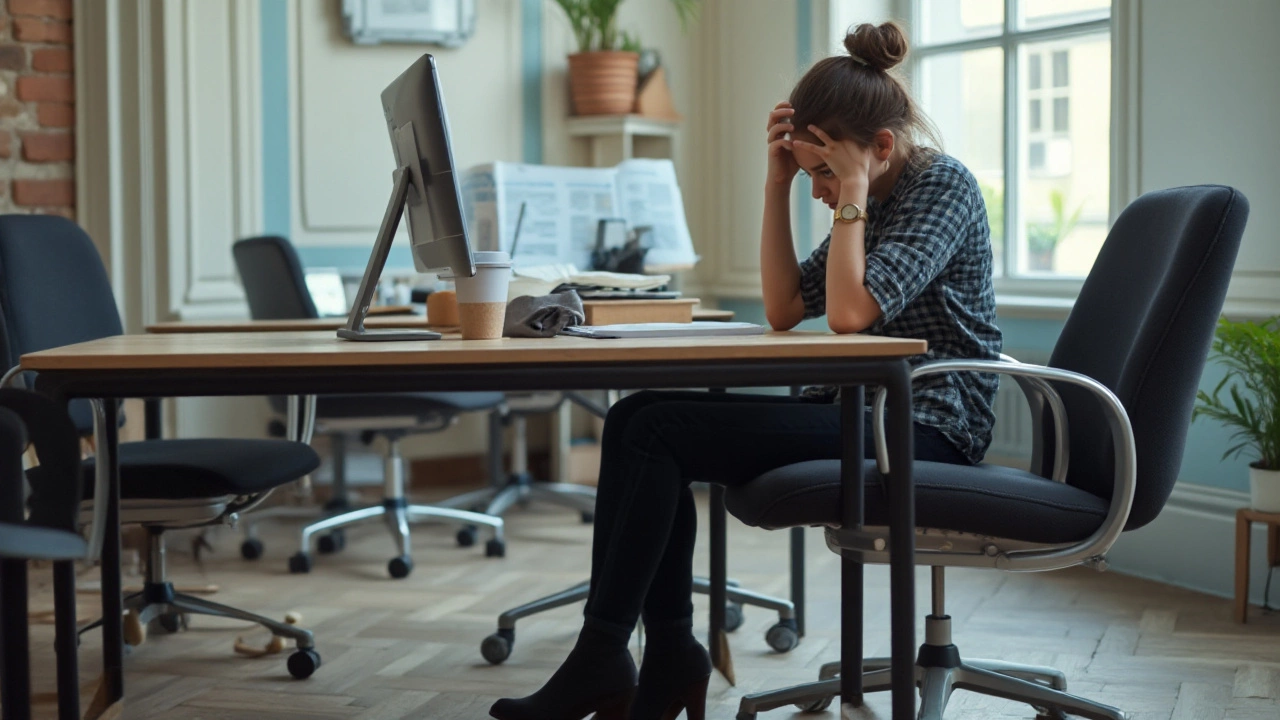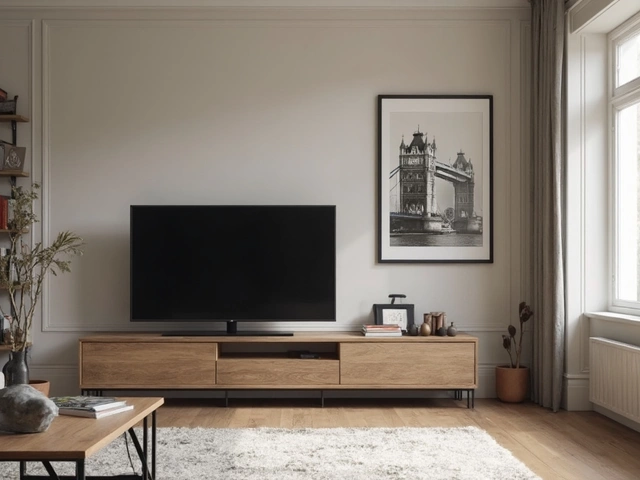Sitting Health: Simple Ways Your Furniture Can Keep You Comfortable
If you spend hours on a couch, in a chair, or at a desk, the way your furniture is set up can make a big difference to how you feel. Bad posture, sore backs, and stiff necks often start with the wrong seat or poor placement. The good news? Small tweaks can boost comfort and protect your health without buying new stuff.
Pick the Right Seat for Your Body
A sofa that looks great but is too soft can push you forward, causing a hunched back. Aim for a seat that supports your lumbar curve and lets your feet rest flat on the floor. If you love sinking in, add a firm pillow behind your lower back for extra support. For an office chair, the seat height should let your knees sit at a 90‑degree angle and your elbows rest comfortably on the armrests.
When you need a sofa bed, choose one with a sturdy frame and a mattress that isn’t too thin. A thin mattress can lead to a sore spine after one night’s sleep. Test the bed by lying on it for a few minutes before buying – you should feel a little firm, not floppy.
Arrange Your Space for Better Posture
Where you place a sofa or chair matters. A couch directly in front of a TV forces you to stay in one spot for hours, which can tighten hips and shoulders. Pull the sofa a few inches away from the wall and add a small side table. This lets you stretch your legs and shift position without hurting the TV view.
Keep walking paths clear so you can get up and move around. If you work from a desk, place your monitor at eye level and your keyboard so your wrists stay straight. A simple footrest can keep your legs from dangling and reduce lower‑back strain.
Don’t let a couch become a bedroom. Sleeping on a couch regularly can cause back pain because the cushions aren’t designed for long‑term support. If a guest needs to stay over, a fold‑out sofa with a proper mattress is a better choice than just flopping onto the couch.
Even the color and material of your furniture can affect how often you move. Dark, heavy sofas tend to stay in one place, while lighter fabrics encourage you to shift and rearrange. Choose fabrics that breathe – breathable fabrics reduce sweat, making you more likely to sit up straight instead of slouching.
Finally, remember to get up every 30 minutes. Stand, stretch, or walk for a couple of minutes. This habit beats any ergonomic chair because it keeps the muscles active and prevents stiffness.
By picking supportive seats, arranging rooms for easy movement, and adding short activity breaks, you can turn everyday sitting into a healthier habit. Your back, neck, and overall comfort will thank you.



